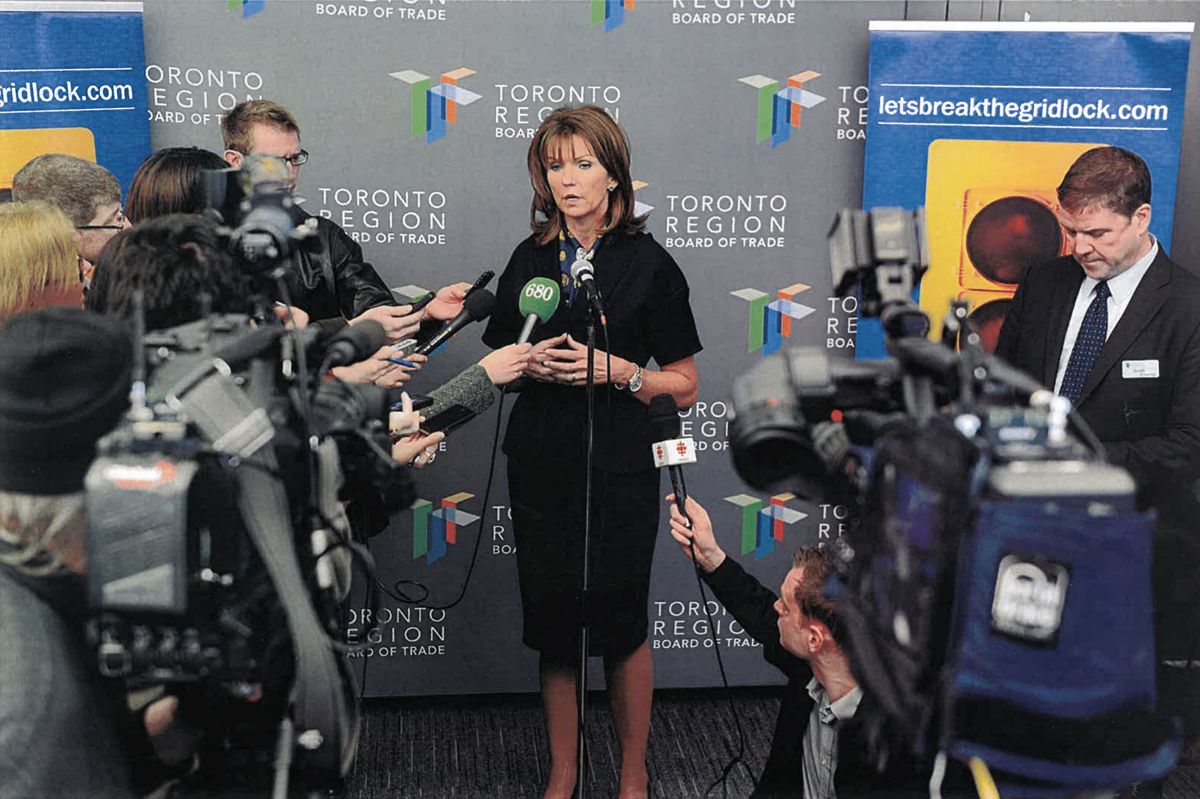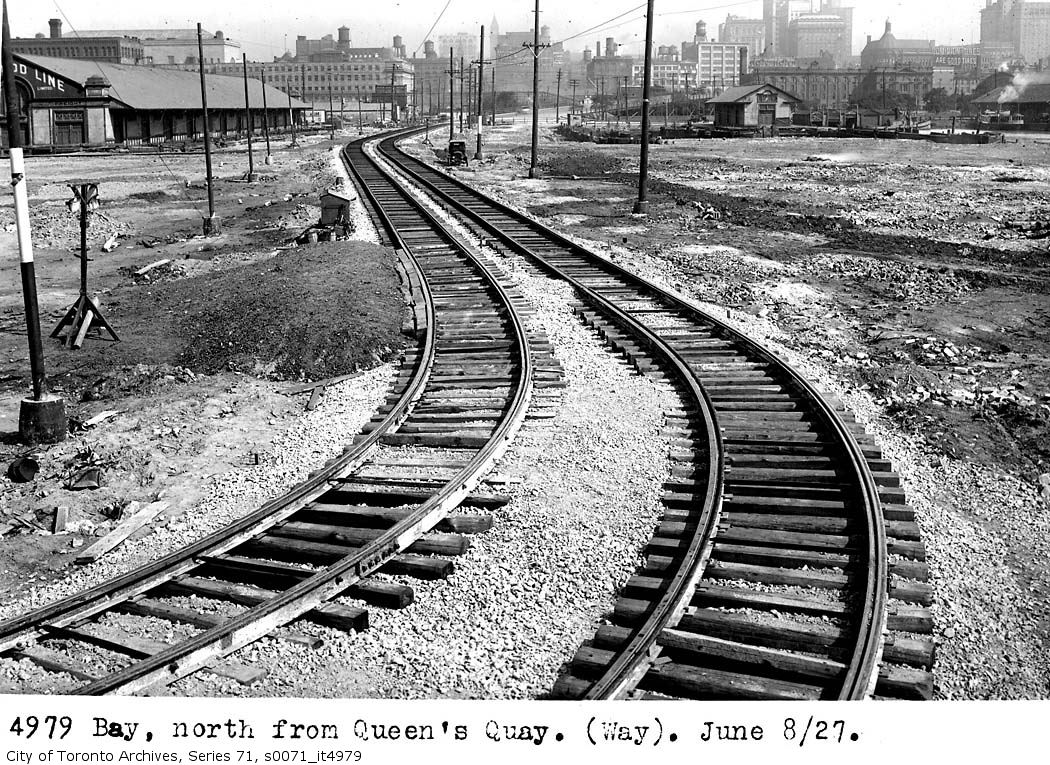On June 13 the Board held its Annual Lunch. As we celebrate the Board's achievements of the past year, we are also highlighting our history of influence while remaining focused on tomorrow’s success.
One of the issues the Board is best known for is its battle to solve congestion. The Board has always been the voice of urgency on this issue.
In 1947 the Board sought an amendment to downtown parking conditions and put forward a long-term traffic management plan. The Board was hopeful stating in its Business Journal that “… the City should adopt (its plan) to effect a permanent easing of the downtown traffic situation.”

At a time when Toronto’s population was still well under a million, you can see how this intention felt possible. Today, with a local population of nearly 3-million and a regional population of more than 6 million the urgency has never been more palpable.
To battle congestion, the Board has long supported new and expanded transit. The development of Toronto's subway system began in the 1950s, with the Board championing the need for a rapid transit solution to address urban growth and mobility challenges. The opening of the Yonge Subway Line in 1954 marked the beginning of an extensive subway network. But upon completion of the Bloor and University lines to Downsview in the mid sixties, little else had been done for the next 50 years.

At the same time the Toronto region’s population has been growing year over year, at times it has felt that finding a solution is like a dog chasing its tail. In 1988 while advocating for improved roads, the Board estimated congestion was costing businesses $1.9 billion annually. In 2013 as part of the Board’s Lets Break the Gridlock campaign, that impact on trade and productivity was estimated to cost more than $11 billion annually. It sought to break the political gridlock that continually interrupts the planning, building, and funding of improved transportation infrastructure. The Board rightly pointed out the lack of real expansion and became a strong supporter of Metrolinx and the Big Move.

The Board remains a strong advocate for public transit and looks forward to the opening of the Eglinton Crosstown LRT, and eventually the Ontario Line. Toronto commuters spend 98 hours annually navigating rush hour traffic and have the longest average travel time in North America. Upon the release of its 2010 Scorecard on Prosperity report, the front page of the Toronto Star announced that Toronto’s commute times were “Worse than LA”. The Board's advocacy continues with a new Congestion Task Force made up of senior business leaders to identify and champion practical, high-impact solutions to tackle our congestion crisis.
The Toronto Region Board of Trade has been instrumental in shaping the physical infrastructure of Toronto, advocating for projects that have transformed the city's landscape and supported its growth. From the waterfront to Union Station, and from highways to the convention centre, the Board’s influence is evident in the infrastructure that defines Toronto today. And that role will continue.
The Board hasn’t always been on the route chosen. It supported the Spadina expressway and jets at Billy Bishop. It was opposed to what we know as the Old City Hall and Court House, although the Board’s motives were altruistic. As it argued, the cost of this project took funding away from a much-needed waste water treatment solution, without which the city’s sewers were polluting the water quality in front of Toronto.
As the city continues to evolve, the Board remains a steadfast advocate for initiatives that enhance connectivity, promote economic growth, and improve the quality of life for its residents. What’s new will soon be old again and the process to modernize infrastructure will begin again.

